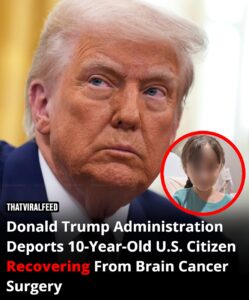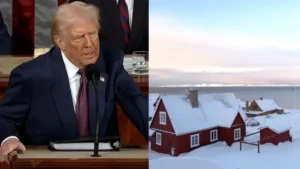Introduction On April 2, President Donald Trump is set to introduce a sweeping new trade policy that he has dubbed “Liberation Day.” This policy will revolve around imposing reciprocal tariffs on nations that the administration claims have long benefited from imbalanced trade agreements with the United States. The move is expected to impact key global economies, spark debates on international trade practices, and shape the trajectory of U.S. economic policy moving forward.
The Concept of Reciprocal Tariffs The principle behind Trump’s reciprocal tariffs is simple: the U.S. will impose tariffs equal to those levied on American goods by other nations. The administration argues that many of America’s trading partners, particularly China, the European Union, India, and Mexico, have used protectionist policies to disadvantage U.S. businesses while enjoying relatively open access to American markets. By instituting these tariffs, the administration seeks to correct trade imbalances and support domestic industries.
Key Sectors Affected The impact of these tariffs will be widespread, affecting several major industries:
- Automobile Industry: Countries that impose high tariffs on U.S.-made vehicles will see equivalent tariffs on their exports to the United States.
- Agriculture: Nations restricting American agricultural imports will face similar tariffs on their own food exports.
- Technology and Electronics: The new tariffs could significantly affect tech giants relying on international supply chains.
- Pharmaceuticals: Many pharmaceutical products are currently subject to uneven trade restrictions, which this policy aims to address.
International Response and Possible Retaliation Global reactions to Trump’s announcement have been mixed. While some U.S. allies are seeking exemptions, others are preparing retaliatory measures. The European Union has already signaled that it will respond with tariffs of its own if European goods are unfairly targeted. Meanwhile, China has hinted at countermeasures that could disrupt global supply chains, escalating trade tensions between the two economic superpowers.
Economic Implications Economists are divided on the potential effects of these tariffs. Supporters argue that they will strengthen domestic manufacturing, create jobs, and reduce the U.S. trade deficit. However, critics warn that increased tariffs could lead to higher prices for consumers, inflation, and potential economic retaliation from affected countries. Some fear that the policy could trigger a trade war, disrupting international commerce and slowing global economic growth.
Political and Legal Considerations On the domestic front, Trump’s move is being met with both praise and opposition. Protectionist trade policies have strong support among certain sectors of the U.S. economy, particularly in manufacturing and agriculture, where businesses have struggled with international competition. However, free-market advocates and multinational corporations are voicing concerns that these tariffs could hinder global trade relations and harm long-term economic stability.
There are also legal considerations to address. The World Trade Organization (WTO) may scrutinize the legitimacy of these tariffs, and affected nations could challenge them under existing trade agreements. Trump’s administration has long criticized the WTO, arguing that it has failed to address unfair trade practices, particularly those linked to China.
Domestic Reactions Within the U.S., reactions to “Liberation Day” have been polarized. Small businesses and manufacturers that have faced stiff competition from foreign imports generally support the policy. Conversely, industries reliant on international raw materials are concerned about rising costs. American consumers may also feel the effects, as the cost of imported goods could increase, affecting everything from electronics to groceries.
What Comes Next? As April 2 approaches, all eyes will be on the implementation of Trump’s new tariffs and the global response. The long-term success of “Liberation Day” will depend on whether these tariffs achieve their intended goal of fairer trade practices without sparking a damaging trade war. The coming months will be crucial in determining whether this strategy bolsters the U.S. economy or leads to unintended economic consequences.
Conclusion Trump’s “Liberation Day” represents a bold step in reshaping American trade policy. By imposing reciprocal tariffs, the administration aims to create a more balanced global trade environment. However, the potential risks, including retaliatory tariffs and increased costs for consumers, make this a high-stakes economic move. As the policy unfolds, its impact on businesses, consumers, and international relations will become clearer, shaping the future of global trade for years to come.







